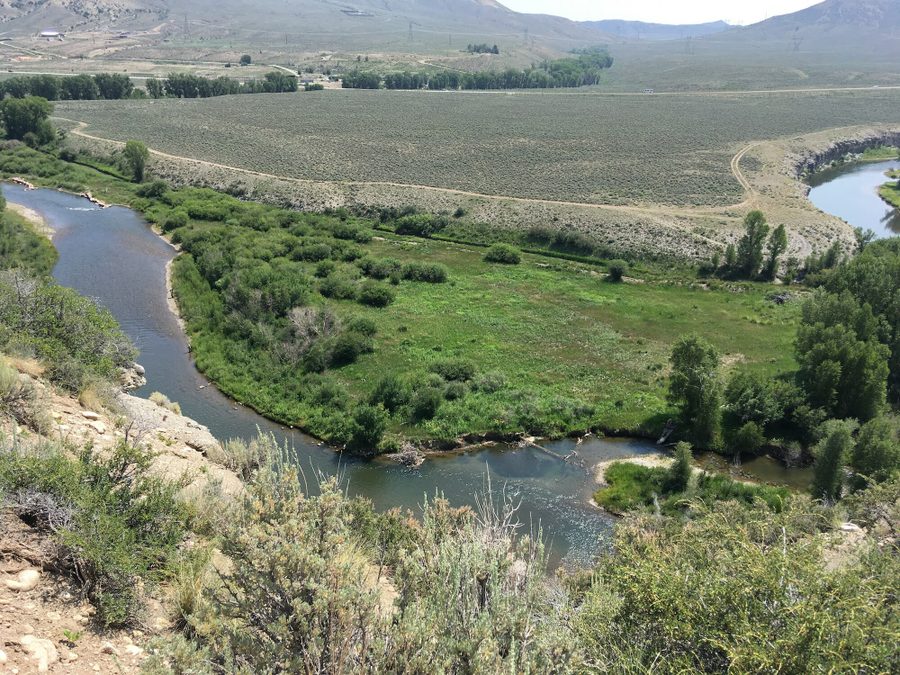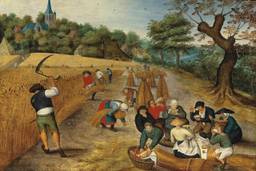How Land Swaps Turn Public Lands into Private Playgrounds
Land exchanges, a management tool used by the Forest Service and Bureau of Land Management, too often benefit rich landowners at the public’s expense.
Erica Rosenberg Writers on the Range

In 2017, the public lost 1,470 acres of wilderness-quality land at the base of Mount Sopris near Aspen, Colorado.
For decades, people had hiked and hunted on the Sopris land, yet the Bureau of Land Management (BLM) handed it over to Leslie Wexner, former CEO of Victoria’s Secret and other corporations, at his request. The so-called “equivalent terrain” he offered in return was no match for access to trails at the base of the 13,000-foot mountain.
This ill-considered trade reveals how land management agencies pander to wealthy interests, do not properly value public land, and restrict opportunities for public involvement. It’s an ongoing scandal in Colorado that receives little attention.
Since 2000, the BLM and the Forest Service have proposed over 150 land exchanges in Colorado. Last year alone, the agencies proposed to trade more than 4,500 acres of public lands, worth over $9 million, in three major Colorado land exchanges.
Land to be traded away includes precious riverfront, lands recommended for Wild and Scenic River designation, and hundreds of acres of prime hunting and recreation territory.
Public land exchanges can be a useful tool. Federal agencies use them to consolidate land holdings, improve public access, reduce management costs and protect watersheds.
By law, the trades must serve the public interest, and the land exchanged must be of equal value. The agencies are supposed to analyze, disclose and mitigate the impacts of relinquishing public lands in exchanges, and also solicit public input on whether a trade makes sense.
But here in Colorado — and elsewhere around the country — this management tool has been usurped by powerful players who aim to turn valuable public lands into private playgrounds.
Often, the deals proposed sound good in terms of acreage. In the Valle Seco Land Exchange, for example, the San Juan National Forest in southern Colorado would trade 380 acres for 880 acres of prime game-wintering habitat. But the trade mostly benefits the landowners pushing the exchange.
Public lands for trade in the Valle Seco exchange include river access, corridors considered for Wild and Scenic River designation, wetlands, sensitive species habitat, and significant cultural sites.
Alarmingly, the Valle Seco exchange also includes more than 175 acres of a Colorado Roadless Area, a designation meant to block development of high-quality land. The exchange would allow a neighboring landowner to consolidate those 380 acres with his 3,000-plus acre ranch, opening the door to development.
The Valle Seco exchange follows a long-standing pattern. “Exchange facilitators,” people familiar with the land-acquisition wish lists of agencies, help private landowners buy lands the agencies want. Often, the landowners then threaten to manage and develop those lands in ways that undermine their integrity.
The Valle Seco proponents did this by closing formerly open gates and threatening to fence the 880 acres for a domestic elk farm and hunting lodge. This is blackmail on the range.
Too often, the agencies suppress public scrutiny by refusing to share land appraisals and other documents with the public until after the public process has closed — or too late in the process to make it meaningful.
The proponents and their consultants have ready access to these documents, yet the public, which owns the land, does not. In Valle Seco, appraisals were completed in August 2020, but they weren’t released to the public until December 2021, just a few weeks before the scheduled decision date for the exchange. Advocates managed to pry the appraisals out of the agency only after submitting multiple Freedom of Information Act requests and taking legal action.
In another deal, the Blue Valley Land Exchange, the BLM also withheld drafts of the management agreements until just before releasing the final decision. This is hardly an open and fair public process.
The federal government presents what are, in effect, done deals. Development plans and appraisals are undisclosed and comment periods hindered. By prioritizing the proponents’ desires over public interests and process, the land management agencies abdicate their responsibilities.
The result is that too many land trades are nothing less than a betrayal of the public trust as the public loses access to its land as well as the land itself.
Erica Rosenberg is a contributor to Writers on the Range, writersontherange.org, an independent nonprofit that works to spur lively conversation about Western issues. She is on the board of Colorado Wild Public Lands, a nonprofit in the town of Basalt that monitors land exchanges around the state.




